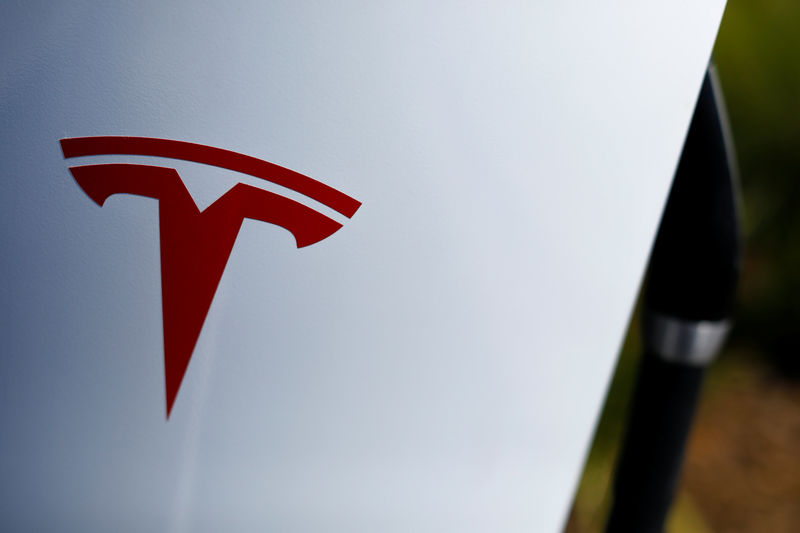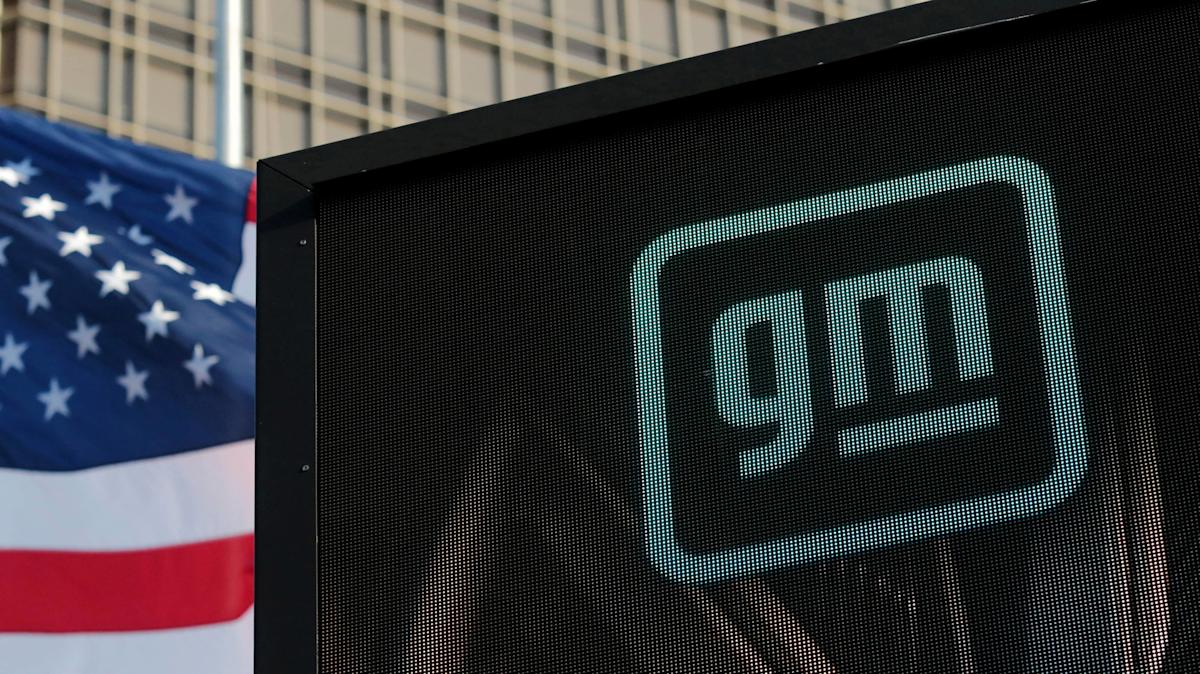Tesla, Inc. (NASDAQ:), the electric vehicle pioneer and clean energy company, continues to captivate investors and analysts alike with its ambitious plans and technological advancements. As the company navigates an evolving automotive landscape and pushes the boundaries of autonomous driving, a comprehensive analysis of its strengths, weaknesses, opportunities, and threats provides valuable insights for investors considering the stock’s potential.
Financial Performance and Outlook
Tesla’s third-quarter 2024 results exceeded expectations, showcasing the company’s ability to maintain strong margins despite competitive pressures. The automaker reported a gross margin of 17.1%, surpassing consensus estimates of 15.1%. According to InvestingPro data, Tesla’s current gross margin stands at 18.23%, while generating substantial revenue of $97.15 billion in the last twelve months. This performance was attributed to cost reductions, improved Cybertruck margins, benefits from Full Self-Driving (FSD) technology, and lower warranty costs.
Looking ahead to 2025, Tesla has set ambitious targets for growth. The company projects a 20-30% increase in vehicle deliveries, signaling confidence in its production capabilities and market demand. With a market capitalization of $1.49 trillion and trading near its 52-week high of $463.19, Tesla’s stock has shown remarkable momentum, delivering a 147% return over the past six months. Want deeper insights? InvestingPro subscribers have access to over 20 additional exclusive tips and comprehensive financial metrics. Additionally, Tesla expects its energy storage deployments to more than double year-over-year, highlighting the growing importance of its clean energy business segment.
Product and Technology Developments
Tesla’s product roadmap remains a key focus for investors and analysts. The company has reaffirmed its plans to introduce new, lower-cost vehicle models in the first half of 2025. This move is seen as crucial for expanding Tesla’s market reach and maintaining its competitive edge in the increasingly crowded electric vehicle market.
Perhaps even more significant is Tesla’s progress in autonomous driving technology. The company’s Full Self-Driving (FSD) software has reportedly achieved over 2 billion miles driven cumulatively, a milestone that underscores its real-world testing and development efforts. Tesla aims to launch its robotaxi service in Texas and California by 2025, pending regulatory approval. This initiative could potentially open up new revenue streams and solidify Tesla’s position as a leader in autonomous transportation.
Market Position and Competition
While Tesla maintains its position as a leader in the electric vehicle market, competition is intensifying. Tesla’s current P/E ratio of 115.45x and elevated EBITDA multiple suggest premium valuation levels. Based on InvestingPro’s Fair Value analysis, the stock appears to be trading above its intrinsic value. Discover more about Tesla’s valuation metrics and industry comparison tools with an InvestingPro subscription, including access to detailed Pro Research Reports covering 1,400+ top stocks. Chinese automakers, in particular, are making significant strides in producing high-quality, lower-priced electric vehicles. This growing competition poses a potential threat to Tesla’s market share, especially in price-sensitive segments.
However, Tesla’s brand strength and technological edge in areas such as battery efficiency and autonomous driving capabilities continue to set it apart. The company’s vertically integrated approach to manufacturing and its expanding Supercharger network also provide competitive advantages that are difficult for rivals to replicate quickly.
Regulatory and Political Factors
The regulatory landscape for electric vehicles and autonomous driving technology is evolving rapidly. Recent political developments, including the election of a new administration in the United States, could have significant implications for Tesla. Analysts suggest that the company may benefit from a more favorable regulatory environment under the Trump administration, particularly in areas such as autonomous vehicle testing and deployment.
Additionally, potential changes to EV incentives and tariff structures could impact Tesla’s competitive positioning. The company’s high level of U.S. content in its vehicle production may prove advantageous if trade policies shift to favor domestic manufacturers.
Bear Case
Can Tesla maintain its margins as it introduces lower-cost vehicles?
One of the primary concerns for Tesla investors is the company’s ability to maintain its impressive profit margins as it expands into lower-priced vehicle segments. The introduction of more affordable models is crucial for volume growth, but it also presents challenges in terms of cost management and production efficiency.
Tesla has demonstrated its ability to improve manufacturing processes and reduce costs over time. However, the automotive industry is known for its razor-thin margins, especially in mass-market segments. As Tesla scales up production of its new lower-cost vehicles, it will need to leverage its technological advantages and manufacturing innovations to preserve profitability.
Will regulatory approval for FSD and robotaxis be achieved in the projected timeframe?
Another significant risk factor for Tesla is the uncertain regulatory environment surrounding autonomous driving technology. While the company has made substantial progress in developing its Full Self-Driving capabilities, gaining regulatory approval for widespread deployment of fully autonomous vehicles remains a complex and potentially time-consuming process.
Tesla’s ambitious timeline for launching its robotaxi service in 2025 depends heavily on regulatory clearance. Any delays in obtaining the necessary approvals could push back the rollout of this potentially lucrative business segment, impacting the company’s growth projections and valuation.
Bull Case
How much additional value could Tesla’s FSD and robotaxi initiatives unlock?
Proponents of Tesla argue that the company’s advancements in autonomous driving technology could unlock substantial value that is not yet fully reflected in its stock price. The potential for Tesla to deploy a large-scale robotaxi network using its existing fleet of vehicles equipped with FSD hardware represents a significant opportunity for recurring revenue and margin expansion.
If Tesla succeeds in launching its robotaxi service as planned and achieves widespread adoption, it could transform the company’s business model and dramatically increase its addressable market. Some analysts project that the autonomous driving and robotaxi segments could contribute a substantial portion of Tesla’s future valuation.
What impact will favorable policies under the Trump administration have on Tesla’s competitive position?
The potential for a more supportive regulatory environment under the new administration could provide Tesla with several advantages. Streamlined approval processes for autonomous vehicle testing and deployment could accelerate Tesla’s timeline for rolling out advanced FSD features and its robotaxi service.
Furthermore, changes to trade policies and domestic manufacturing incentives could strengthen Tesla’s position relative to foreign competitors, particularly in the U.S. market. The company’s high level of domestic content in its vehicles may make it a beneficiary of any “Buy American” initiatives or adjustments to the Inflation Reduction Act.
SWOT Analysis
Strengths:
- Market leadership in electric vehicles
- Strong brand recognition and customer loyalty
- Advanced battery and autonomous driving technology
- Vertical integration in manufacturing
- Extensive Supercharger network
Weaknesses:
- High valuation multiples compared to traditional automakers
- Dependence on regulatory credits for profitability
- Limited model range compared to established competitors
- Production capacity constraints
Opportunities:
- Expansion into lower-cost vehicle segments
- Growth potential in energy generation and storage business
- Robotaxi and autonomous driving services
- International market expansion, particularly in emerging economies
Threats:
- Increasing competition from established automakers and new EV startups
- Potential changes in government incentives for electric vehicles
- Regulatory challenges for autonomous driving technology
- Macroeconomic factors affecting consumer spending on vehicles
Analyst Targets
- Mizuho (NYSE:) Securities USA LLC – December 16, 2024: $515 (Outperform)
- Truist Securities – December 16, 2024: $360 (Hold)
- Wedbush Securities – December 16, 2024: $515 (Outperform)
- Cantor Fitzgerald – December 10, 2024: $365 (Neutral)
- Morgan Stanley (NYSE:) & Co. LLC – December 10, 2024: $400 (Top Pick)
- BofA Global Research – December 5, 2024: Not provided (Buy)
- Goldman Sachs & Co. LLC – December 4, 2024: Not provided
- Roth Capital Partners (WA:) – December 2, 2024: $380 (Buy)
- Stifel – December 2, 2024: $411 (Buy)
- Barclays (LON:) Capital Inc. – November 18, 2024: $270 (Equal Weight)
- Deutsche Bank (ETR:) Securities Inc. – November 12, 2024: $295 (Buy)
- Bernstein – October 28, 2024: $120 (Underperform)
- RBC Capital Markets – October 24, 2024: $249 (Outperform)
This analysis is based on information available up to December 17, 2024, and reflects the diverse range of opinions among analysts regarding Tesla’s future prospects and valuation. According to InvestingPro, Tesla maintains a GOOD financial health score of 3.0, with strong price momentum and profit metrics. The company’s next earnings report is scheduled for January 22, 2025. For comprehensive analysis and real-time updates, consider exploring InvestingPro’s advanced features and exclusive insights.
InvestingPro: Smarter Decisions, Better Returns
Gain an edge in your investment decisions with InvestingPro’s in-depth analysis and exclusive insights on TSLA. Our Pro platform offers fair value estimates, performance predictions, and risk assessments, along with additional tips and expert analysis. Explore TSLA’s full potential at InvestingPro.
Should you invest in TSLA right now? Consider this first:
Investing.com’s ProPicks, an AI-driven service trusted by over 130,000 paying members globally, provides easy-to-follow model portfolios designed for wealth accumulation. Curious if TSLA is one of these AI-selected gems? Check out our ProPicks platform to find out and take your investment strategy to the next level.
To evaluate TSLA further, use InvestingPro’s Fair Value tool for a comprehensive valuation based on various factors. You can also see if TSLA appears on our undervalued or overvalued stock lists.
These tools provide a clearer picture of investment opportunities, enabling more informed decisions about where to allocate your funds.
This article was generated with the support of AI and reviewed by an editor. For more information see our T&C.


